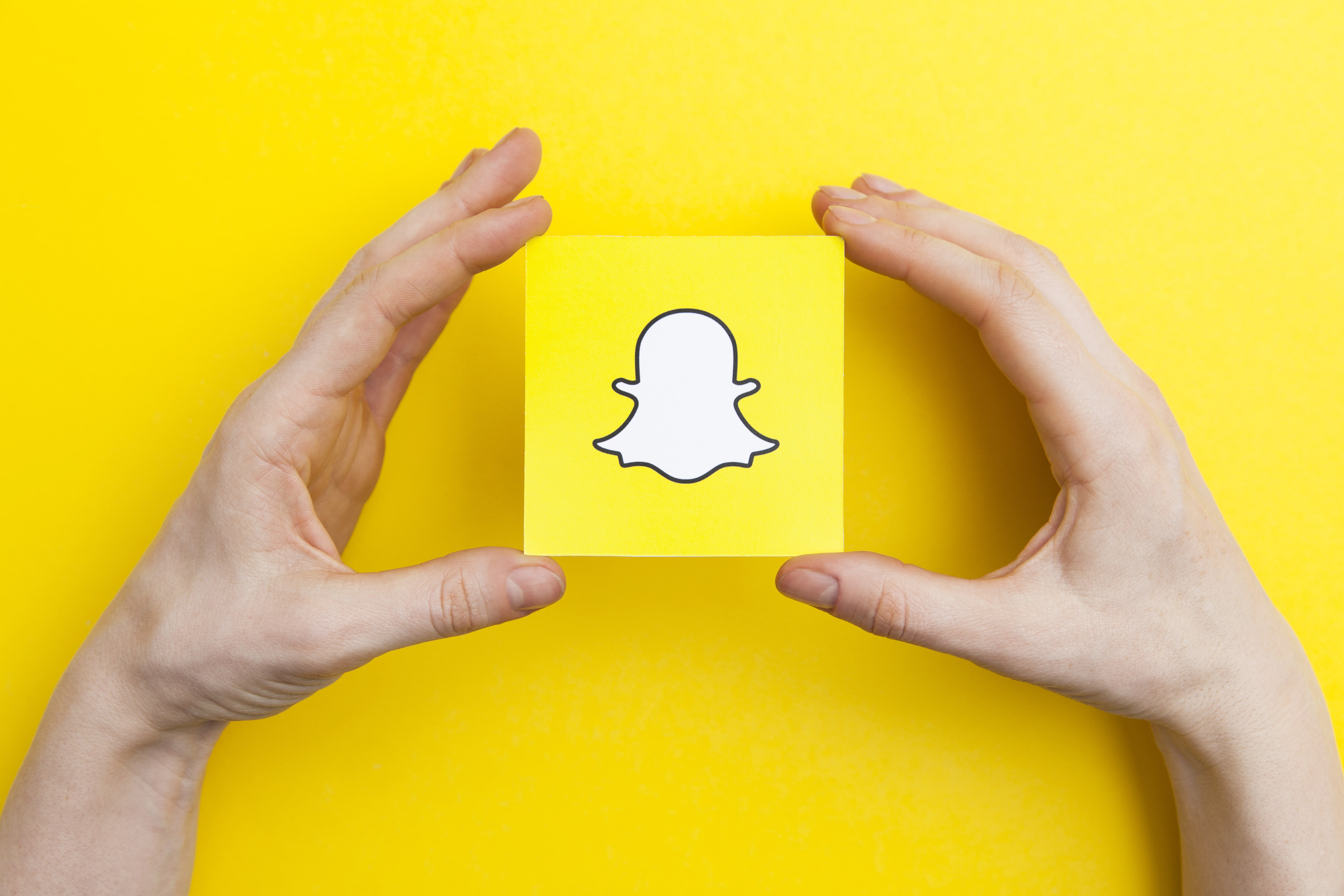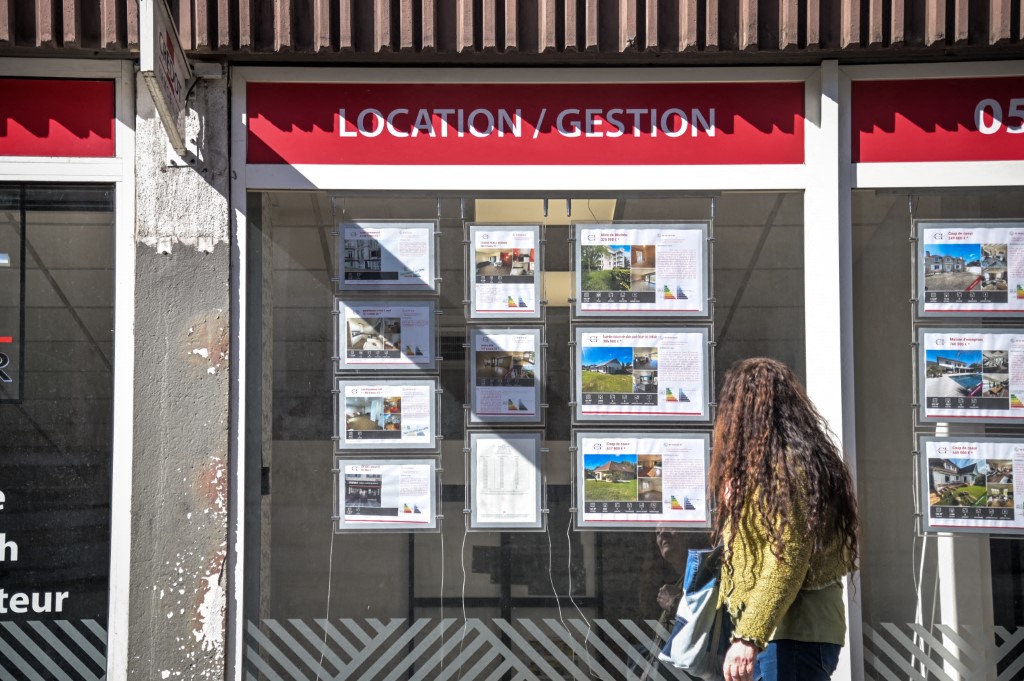Snapchat has made significant strides since this time last year when it was reeling from a botched redesign and a declining user base—and overhauled its executive leadership and advertising sales operation. Advertisers have recognized the platform’s new trajectory and have been increasing their spending, according to Aaron Goldman, CMO of 4C, a marketing technology ad-buying platform that plugs into Snapchat.
“Snapchat has had a higher place in the marketing plan for brands than in years past,” Goldman says, talking by phone before Snapchat’s earnings release. Brands that use 4C to buy ads on Snapchat had increased their spending by close to 60 percent year over year in the second quarter, Goldman says.
Snapchat’s stock price increased more than 10 percent in after-hours trading, thanks to the positive results on user growth and revenue. Shares topped $16.
Snapchat said in its quarterly report that 200 million people tried the gender-swapping filter, and one that turned people into baby faces, within the first two weeks of their debuts. Snapchat said the filters used new artificial-intelligence technology that has the power to quickly render new looks for users to try out in their video selfies.
“We estimate that approximately 7 to 9 million of the 13 million in sequential [daily user] growth is attributable to an improvement in user engagement that we observed after launching our new augmented-reality Lenses, which brought in new users and re-engaged lapsed users,” said Derek Andersen, Snapchat’s chief financial officer in the company’s quarterly statement.
Andersen said the company was in a good position to retain users who came back or joined for the viral filters because of improvements made to the platform. Snapchat rebuilt its app for Android phones, which had been a major weak spot for the service.
This article is published in collaboration with Adage.com






